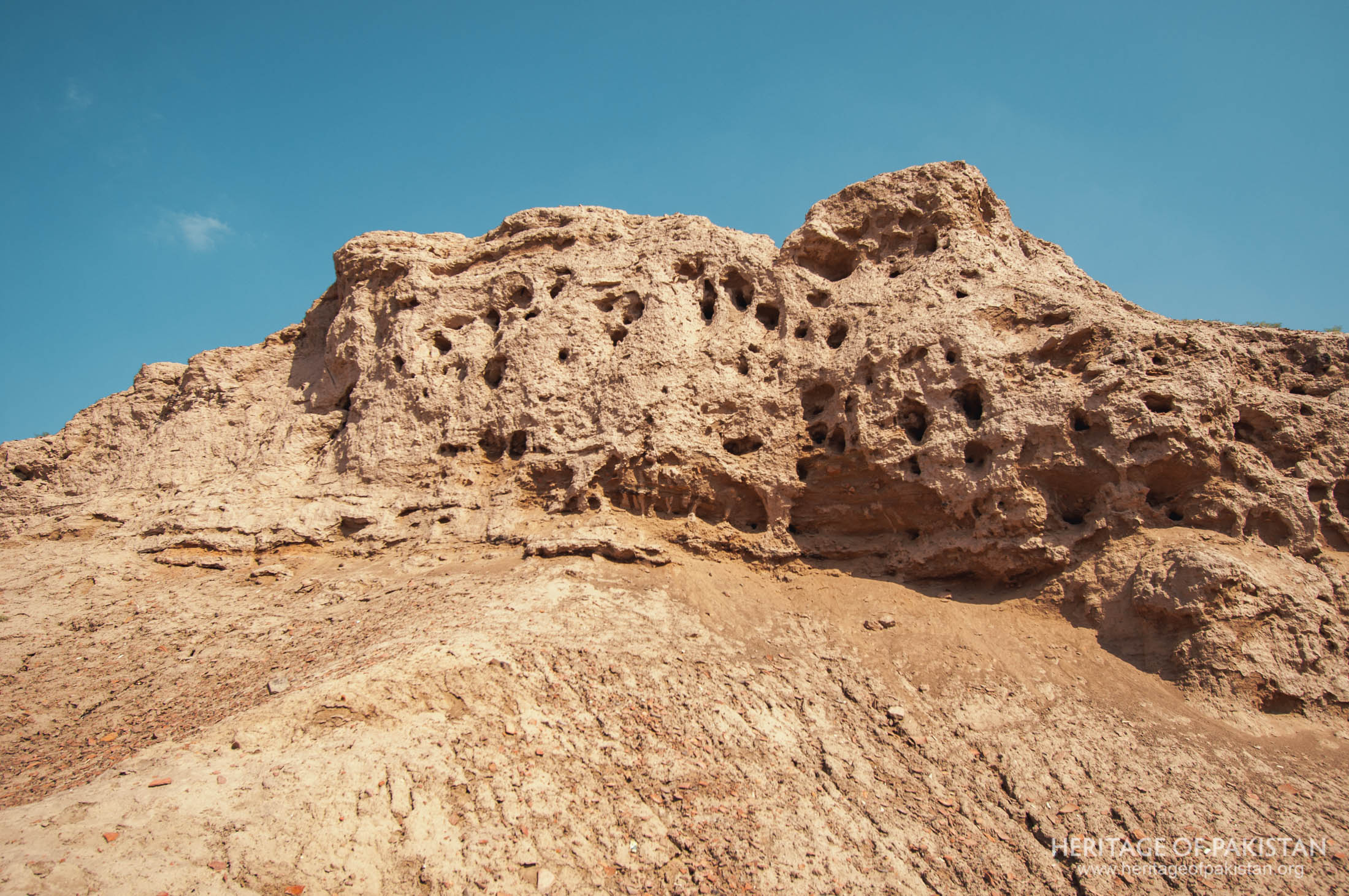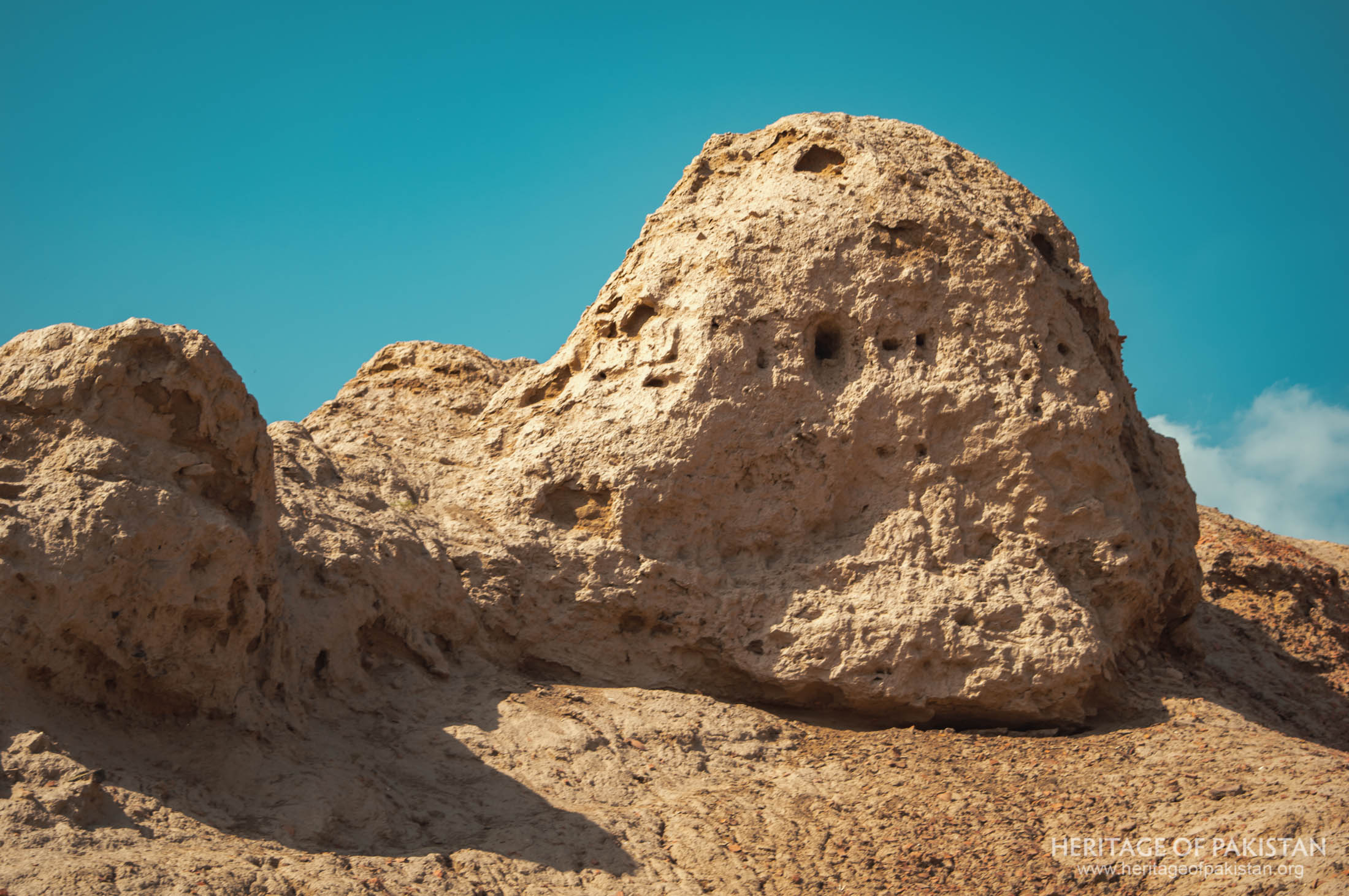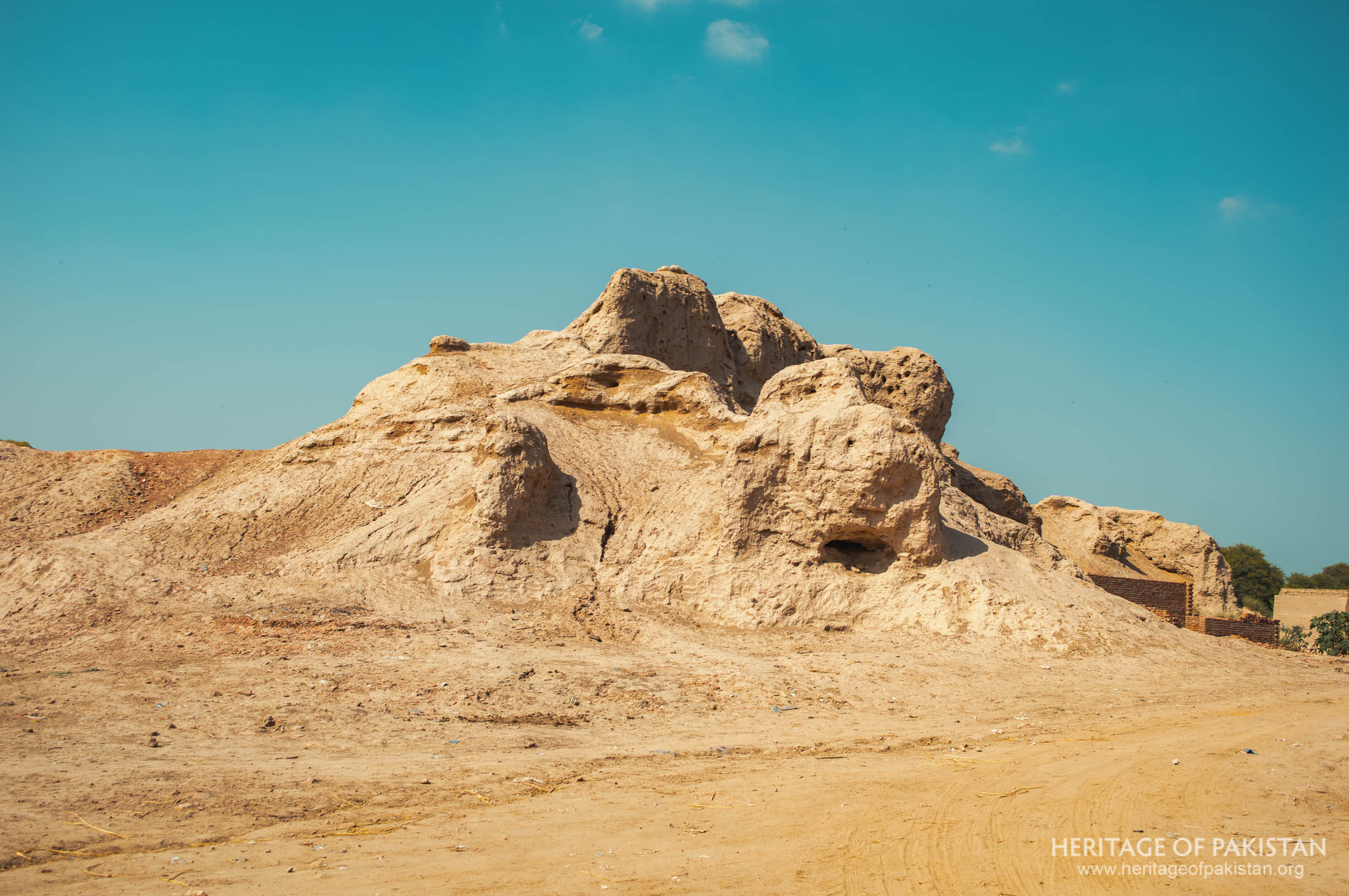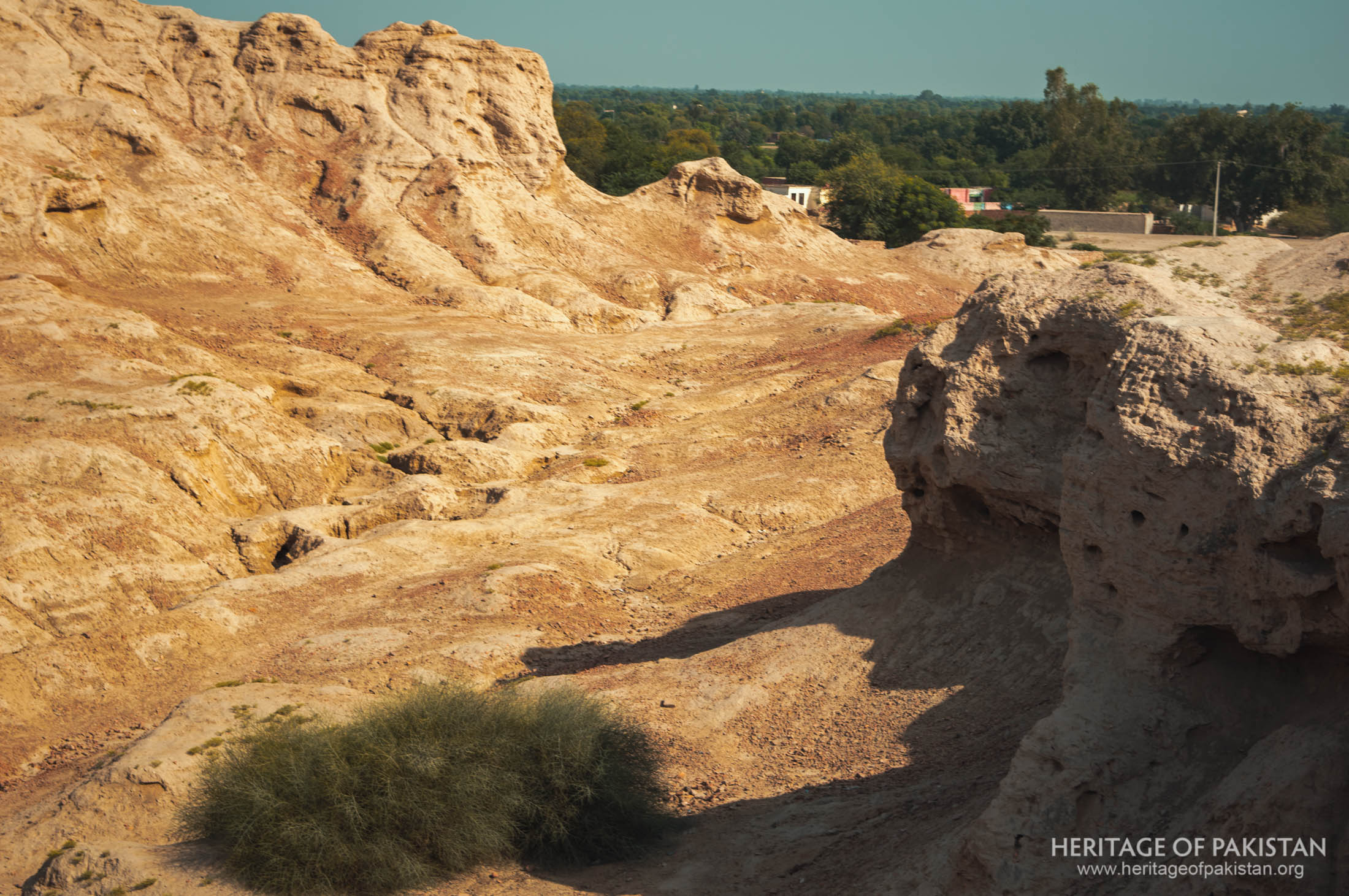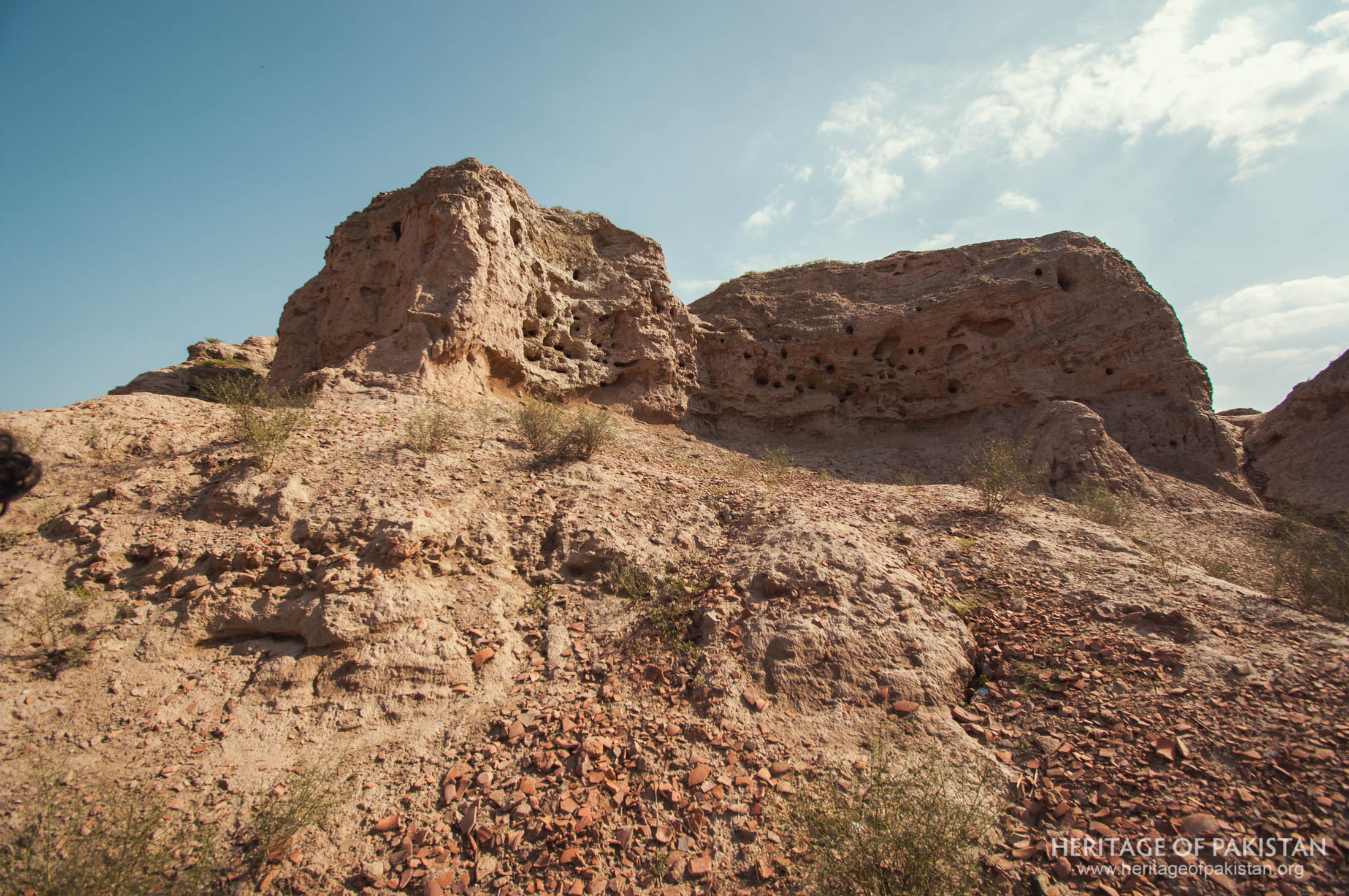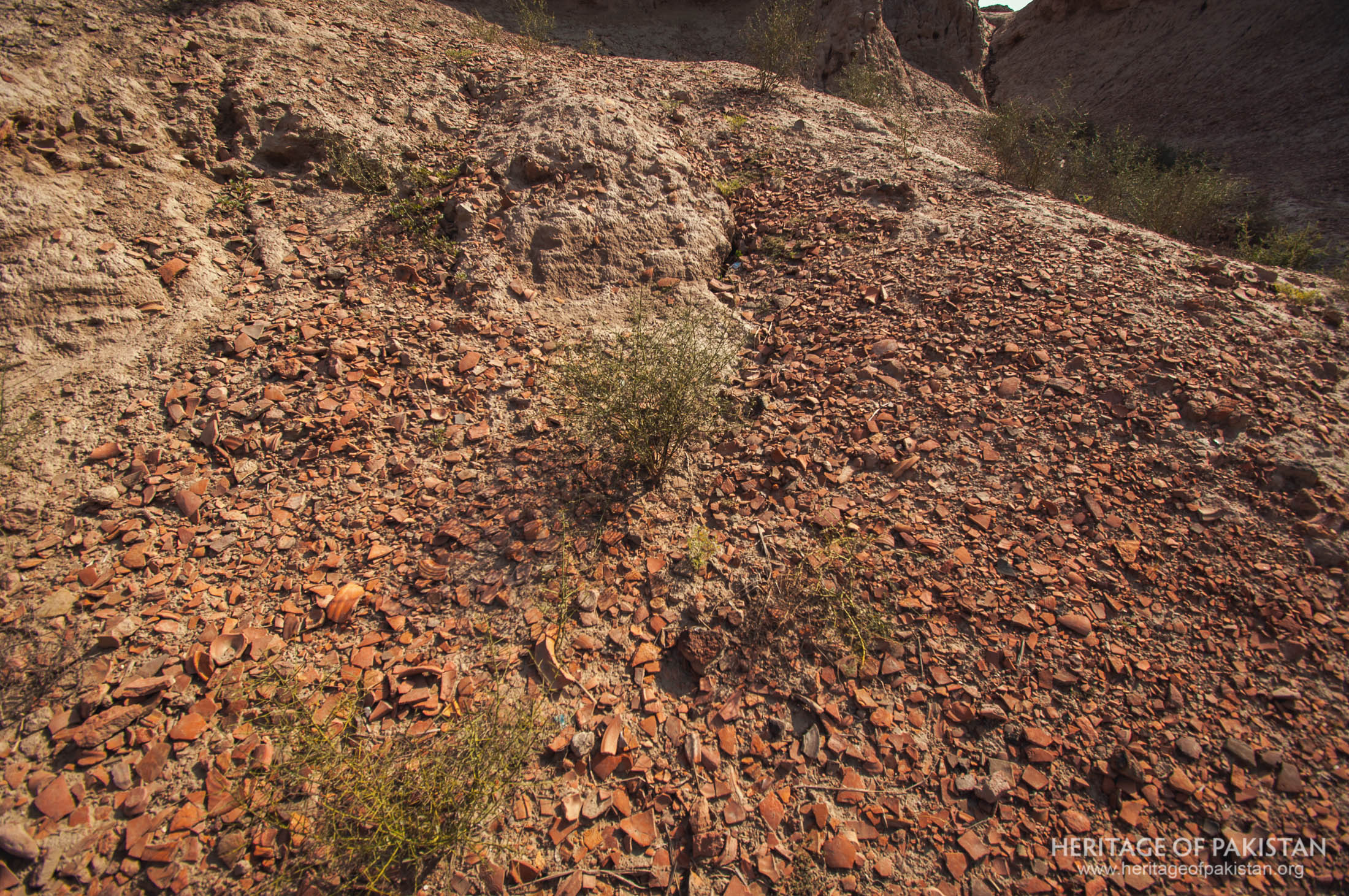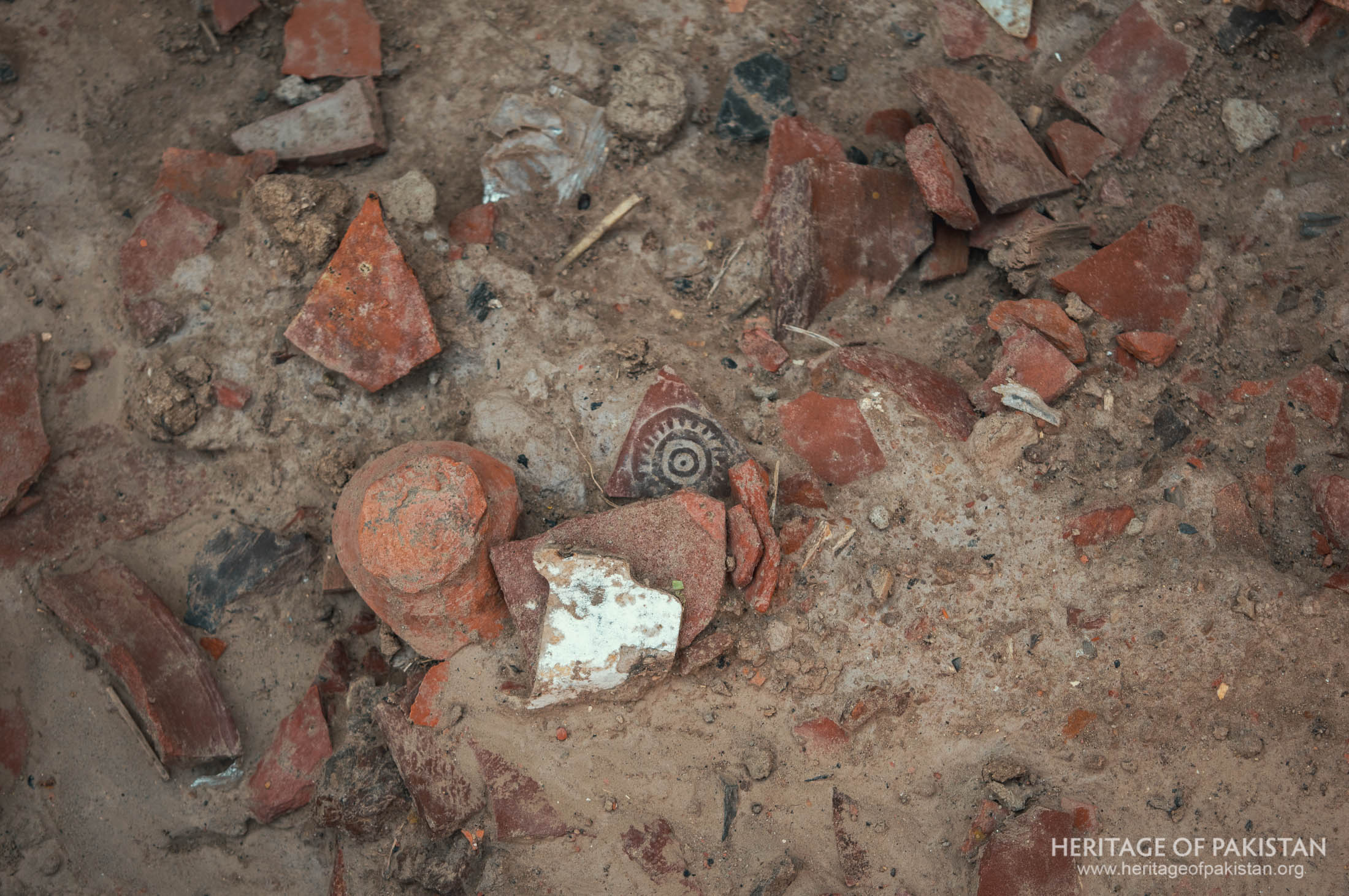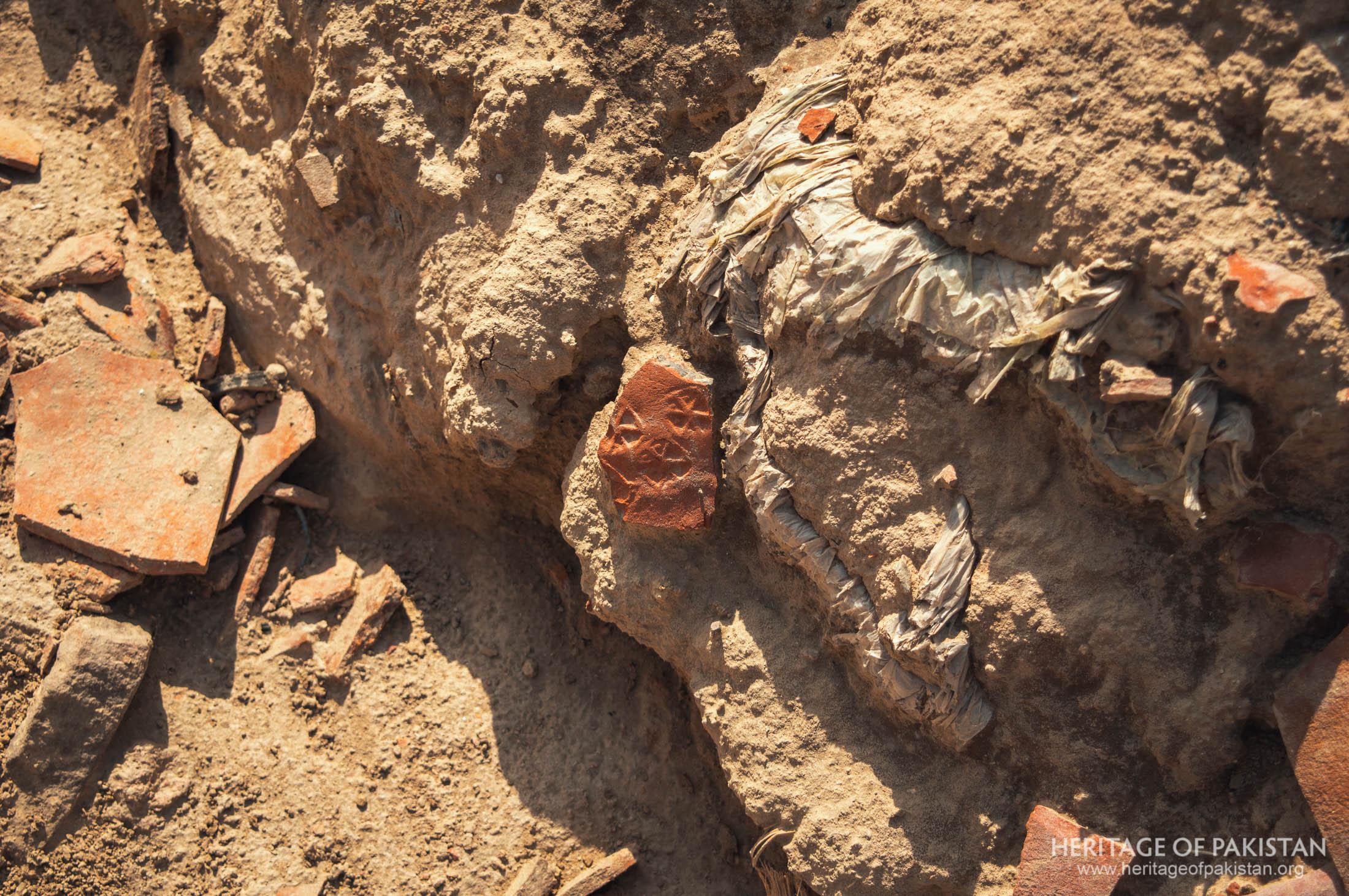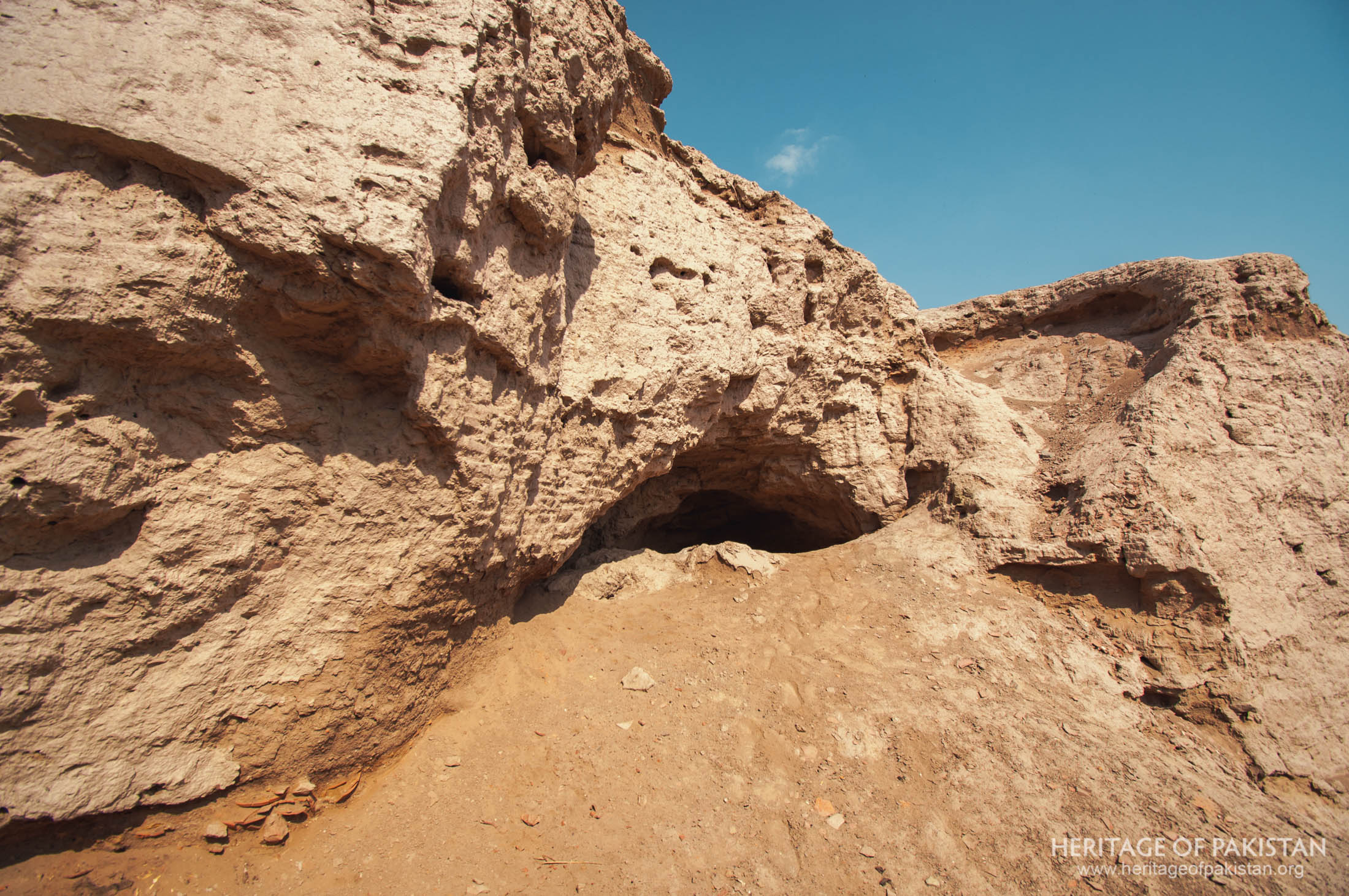Textarea
Tulamba mound or Tulamba ruins is an ancient archaeological site found in the town of Tulamba, Punjab.
The ruins of the old city of Tulamba are situated 2km from the current town, and a wealth of cultural artifacts have been unearthed from this archaeological site
These excavations have revealed pottery and other relics that date back to about 2500 years
Alexander Cunningham, in his comprehensive work 'Ancient Geography of India', provides an insightful description of Tulamba, indicating the presence of numerous archaeological structures during his time.
Tulamba has witnessed various important historical events . Because of its strategic location near Multan, it attracted numerous invaders, from Alexander the Great to Timur Lane and Muhammad bin Qasim.
Tulamba was a critical point of encounter for any northern invader on their way to Multan. As per Greek accounts, Alexander the Great passed through this region as well and was met with resistance
A diverse range of pottery fragments dating from various historical periods, including the Buddhist era, Hindu era, and later epochs, have been unearthed in Tulamba
Key discovery within these timelines is the 'Tulamba stamped ware,' showcasing a rich array of approximately 200 designs.
The painted pottery exhibits designs applied directly onto the vessel surfaces, featuring an assortment of parallel lines, triangles, loops, cross-hatching, and zig-zag lines
These findings underscore the richness and diversity of the culture within the ancient city of Tulamba.

